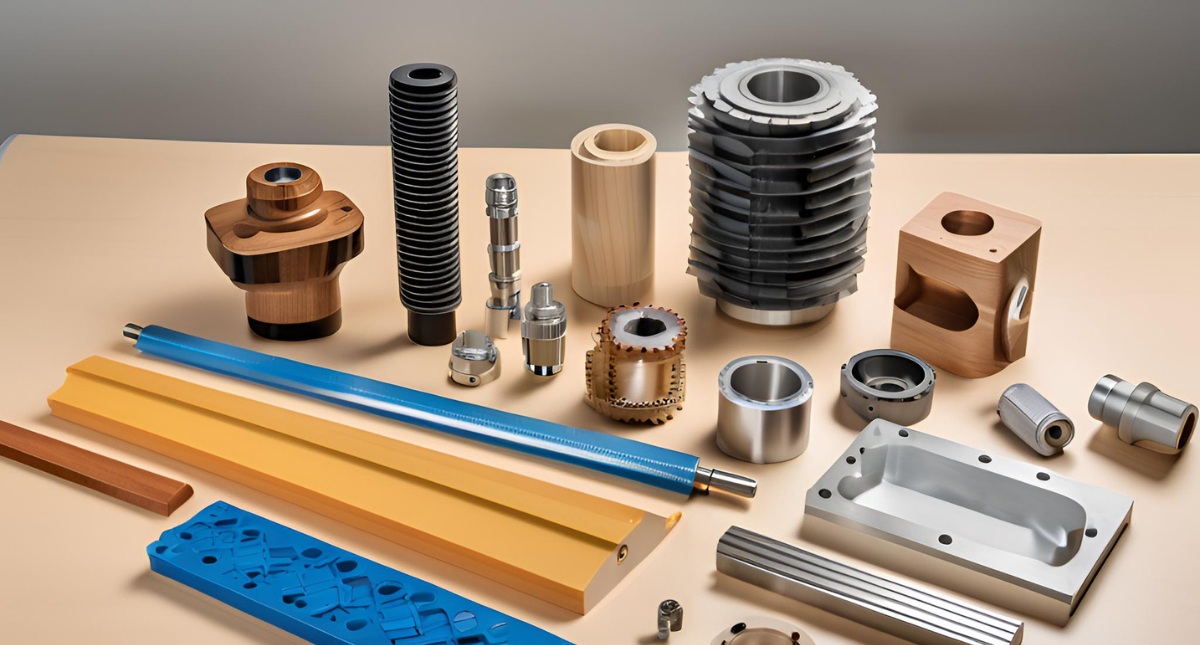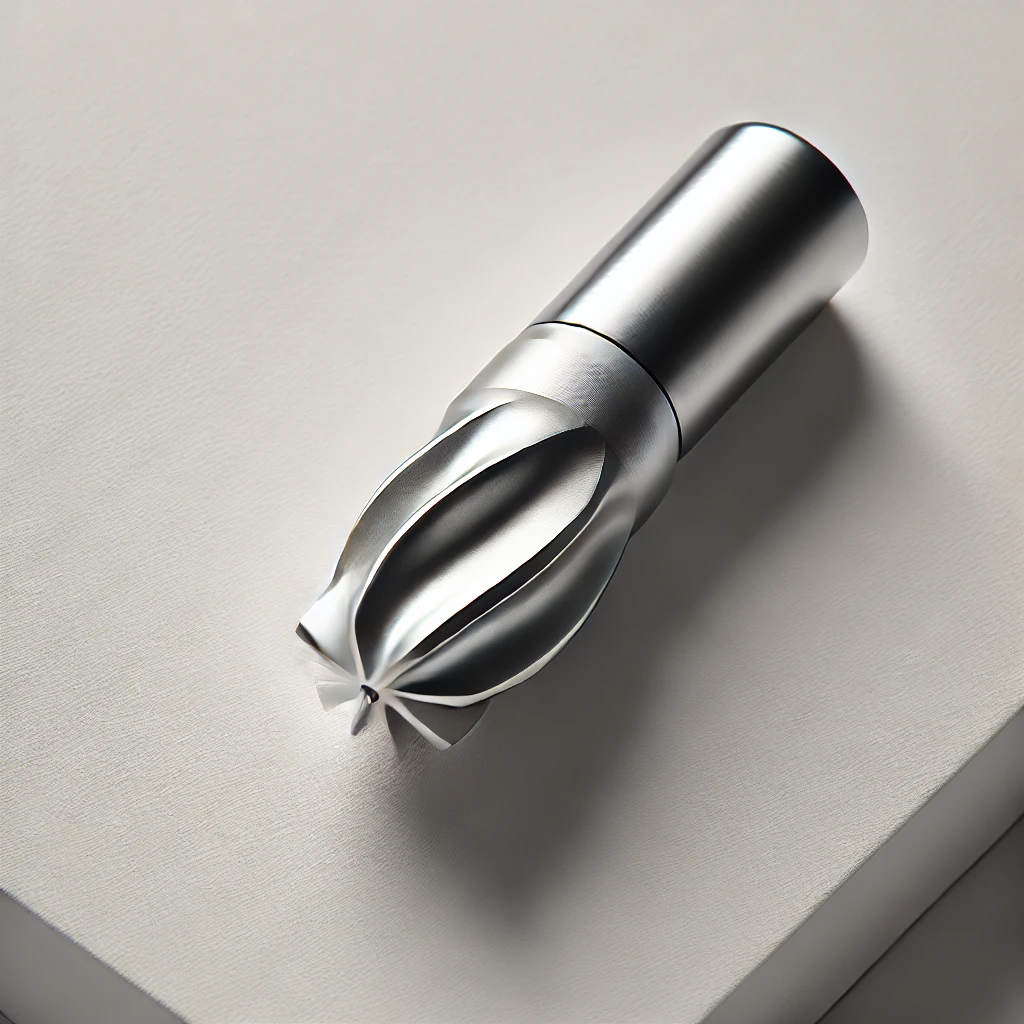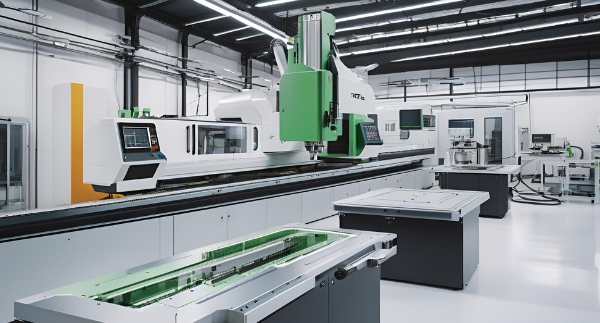


If you’re an entrepreneur, maker, or hobbyist looking to elevate your manufacturing capabilities, CNC (Computer Numerical Control) machining is a technology worth exploring. CNC machining is a highly precise, automated process that uses computer-controlled tools to fabricate custom parts and components from a wide range of materials, including wood, plastic, and metal.
Unlike traditional manual machining, where parts are shaped using handheld tools, CNC machining relies on preprogrammed instructions to guide the machine’s movements and perform the necessary cutting, shaping, and finishing operations. This level of precision and automation opens up a world of possibilities for entrepreneurs and makers, allowing them to produce intricate, high-quality parts and products with remarkable efficiency.
At the heart of any CNC machining system are three primary elements:
Together, these components work in harmony to transform your digital designs into physical, high-precision parts and products.
The CNC machining process typically involves the following steps:
Part Design: Using CAD software, you’ll create a 3D model or 2D drawing of the part or component you want to produce.
Part Programming: The CAM software takes your digital design and generates the G-code instructions that will guide the CNC machine’s movements and actions.
Machine Setup: The CNC machine is prepared for the machining operation by installing the appropriate tooling, workholding devices, and any necessary fixtures or jigs.
Machining: The CNC machine follows the programmed G-code commands, precisely removing material from the workpiece to create the desired part geometry. The choice of materials significantly affects the pricing and quality of CNC machined parts, as selecting appropriate materials can minimize production costs while ensuring high performance and durability in various applications.
Inspection and Quality Control: Once the machining is complete, the part is inspected for dimensional accuracy, surface finish, and overall quality before being deemed ready for use or further processing.
CNC machining encompasses a variety of specialized processes, each with its own unique capabilities and applications. Some of the most common CNC machining processes include:
CNC Milling: CNC milling is a subtractive manufacturing process that uses rotating cutting tools to remove material from a workpiece, creating complex 3D shapes and features. CNC mills are versatile machines used in tasks such as face milling and peripheral milling, capable of processing a wide range of materials including metals like aluminum and brass, as well as plastics such as acrylic and nylon.
CNC Turning: CNC turning, also known as CNC lathe, is a process that involves rotating the workpiece while a cutting tool removes material to create cylindrical parts, such as shafts, bushings, and other rotational components. The convenience and speed of outsourcing CNC machining parts through a network can ensure timely delivery and high-quality production.
CNC Plasma and Laser Cutting: These processes use computer-controlled plasma or laser beams to precisely cut and shape flat sheet materials, such as metal, plastic, or glass. Plasma CNC machines are advantageous for producing intricate parts at a lower cost for high volume, while they can cut complex geometries in a simple process.
CNC Routing: CNC routers are commonly used to fabricate custom parts and components from materials like wood, plastic, and soft metals. They excel at creating intricate designs and patterns.
CNC Grinding: CNC grinding is a precision machining process that uses abrasive wheels to grind and polish surfaces to extremely tight tolerances, often for parts that require a high degree of dimensional accuracy and surface finish.
Depending on your specific needs and the materials you’re working with, you may utilize one or more of these CNC machining processes to bring your designs to life.
CNC machining offers a host of benefits that make it an attractive manufacturing solution for entrepreneurs and makers:

Precision and Accuracy: CNC machines can produce parts with incredibly tight tolerances, ensuring a high level of dimensional accuracy and repeatability. This is especially important for creating custom, high-quality products.
Complexity and Versatility: CNC machining can handle complex geometries and features that would be challenging or impossible to create with manual machining. This opens up a world of design possibilities for entrepreneurs and makers.
Efficiency and Productivity: Automated CNC machining processes can significantly increase production speed and efficiency compared to manual methods, allowing you to scale your operations and meet demand more effectively.
Material Diversity: CNC machines can work with a wide range of materials, including wood, plastic, aluminum, steel, and even exotic alloys. This versatility empowers you to explore new design ideas and product concepts. Stainless steel, in particular, is highly valued for its strength, durability, and resistance to corrosion, making it suitable for a variety of projects across different industries.
Cost-Effectiveness: While the initial investment in a CNC machine may be higher than traditional tools, the long-term cost savings can be substantial. CNC machining often reduces labor costs, material waste, and the need for specialized skilled labor.
Consistency and Quality: CNC machining ensures a high level of consistency in the parts and products you manufacture, as the automated process minimizes human error and variability.
By leveraging the capabilities of CNC machining, entrepreneurs and makers can unlock new opportunities, enhance their competitive edge, and create innovative, high-quality products that meet the evolving demands of their customers.
When selecting a CNC machine for your business or personal projects, there are several key factors to consider:
Work Envelope: Determine the maximum size of the parts or components you need to produce, and choose a CNC machine with a work envelope that can accommodate your requirements.
Material Compatibility: Consider the types of materials you’ll be working with, and ensure the CNC machine you select is capable of processing those materials efficiently and safely.
Precision and Accuracy: Evaluate the machine’s specifications, such as the positioning accuracy, repeatability, and surface finish, to ensure it meets your quality standards.
Automation and Features: Look for CNC machines with advanced features like automatic tool changers, probing systems, or built-in CAM software integration to streamline your workflow and boost productivity.
Maintenance and Support: Investigate the manufacturer’s warranty, service, and support offerings to ensure you have the resources you need to keep your CNC machine running smoothly.
Here’s a complete guide that can help you with the machine selection process.
Additionally, consider using an online CNC machining service for quick turnaround times and quality certifications, which can provide versatile solutions for custom metal and plastic parts.
By carefully considering these factors, you can select the CNC machine that best aligns with your specific needs, budget, and long-term business or project goals.
Effective CNC machining requires a solid understanding of programming and the use of specialized software. The heart of CNC programming is the G-code language, a numerical control programming language that provides the instructions for the machine’s movements and actions.
While the specifics of G-code programming can be complex, there are a variety of CAM software solutions that can automate much of the process. Popular CAM programs like Fusion 360, Mastercam, and Solidworks include CNC programming capabilities that allow you to generate the necessary G-code directly from your 3D CAD models.
Investing time in learning and mastering CNC programming and software can yield significant benefits, including:
Increased Design Flexibility: Understanding CNC programming empowers you to create more complex, customized part designs and unlock the full potential of your CNC machine.
Improved Efficiency: The ability to program and troubleshoot your CNC machine can help you streamline your manufacturing workflows, reduce waste, and increase productivity.
Cost Savings: Mastering CNC programming can help you avoid the need for outsourcing programming services, leading to lower operating costs and higher profitability.
Competitive Advantage: Developing expertise in CNC programming and software can set your business or project apart, allowing you to offer more specialized and tailored manufacturing solutions to your customers.
Additionally, utilizing online CNC machining services for rapid prototyping and custom part production offers benefits such as instant quoting, fast turnaround times, and rigorous quality certifications, catering to engineers and product developers who require precision and efficiency in their machining needs. You can check what services we offer here.
As you progress in your CNC machining journey, consider taking advantage of online tutorials, workshops, and community resources to continuously expand your knowledge and skills in this dynamic field.
CNC machining offers a wealth of opportunities for entrepreneurs, makers, and hobbyists looking to take their manufacturing capabilities to new heights. By leveraging the precision, versatility, and efficiency of CNC technology, you can unlock the ability to create high-quality, custom parts and products that meet the evolving needs of your customers.
Whether you’re just getting started with CNC or looking to refine your existing processes, the team at Agilemaking.com is here to support you every step of the way. Explore our comprehensive resources, browse our curated selection of CNC machines and tools, and tap into our community of passionate CNC enthusiasts to elevate your manufacturing journey.
Embrace the power of CNC machining and unlock a world of possibilities for your business or personal projects. The future of making is in your hands – let’s explore it together!
Happy exploring!



Discover the World of CNC with Us! We're here to make your journey into CNC and making as smooth as possible. Whether you're a seasoned pro or just starting out, our goal is to provide you with fast navigation and clear guidance to help you find exactly what you're looking for. If you're new to the terminology, don't worry – we've got you covered! Check out our handpicked selection of products on Amazon, where you can find the perfect fit for your needs. And remember, when you make a purchase through our Amazon affiliate links, Agilemaking may receive commissions as compensation.
Happy exploring!
At AgileMaking.com, we focus on providing high-quality resources and content related to Computer Numerical Control (CNC). We strive to understand the needs of our community and offer customized solutions that drive excellence in digital manufacturing. We work collaboratively with our users to ensure long-term success in their CNC projects and operations.
Happy to have you here! Stay in the know with the latest trends, gain insights from our experts, and discover insider tips by making the AgileMaking Blog a regular stop. We’re genuinely excited to be your trusted resource as you explore the boundless possibilities of CNC and making. Welcome aboard, and enjoy the journey!